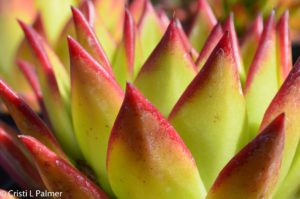
Research Summary Abstract
Prodiamine has been registered in the United States for many years for uses in and around ornamental plants in production nurseries and in landscapes. There have been several label amendments expanding the list of ornamental plants where prodiamine formulations can be used. Since 1977, the IR-4 Project has conducted over 568 trials using granular, wettable powder, wettable dry granular and emulsifiable concentrate formulations.
The marketplace contains multiple brands of prodiamine with similar formulations. This report is written to support amending any prodiamine label, so prodiamine will be used throughout instead of trade names with the exception of the specific products and formulations tested as referred to in Tables 4 and 5.
One hundred thirty-two plant species or genera exhibited no or minimal, transitory phytotoxicity to applications of WDG, WP and EC formulations. Of these, 64 species or genera are not currently on prodiamine WDG labels. It is recommended that 36 of these be placed on these labels along with moving 12 species from the portion of the label excluding use in CA to the portion of the label including use in CA. With additional data demonstrating no or minimal transient phytotoxicity, it is recommended the remaining 25 species also be added.
Twenty three species or genera exhibited no phytotoxicity at a 1X rate of the WDG, WP or EC formulations, but at higher rates there was some damage. Since some of the data was generated with EC and wettable powder formulations along with wettable dry granular formulations, it is recommended additional research be conducted on these species.
Only 8 species (Ajuga sp., Carex pennsilvanica, Ilex x meserveae, Limonium sp., Petunia x hybrida, Sedum spurium, Viola tricolor, and Zinnia sp.) demonstrated significant phytotoxicity even at a low label rate.
Sixty plant species or genera exhibited no or minimal transitory phytotoxicity to applications of prodiamine G formulations. Of these 11 are not currently listed on prodiamine G labels. It is recommended that these be placed on the labels.
Only 2 crops (Cortaderia and Leucanthemum maximum) exhibited significant damage after prodiamine G applications.


